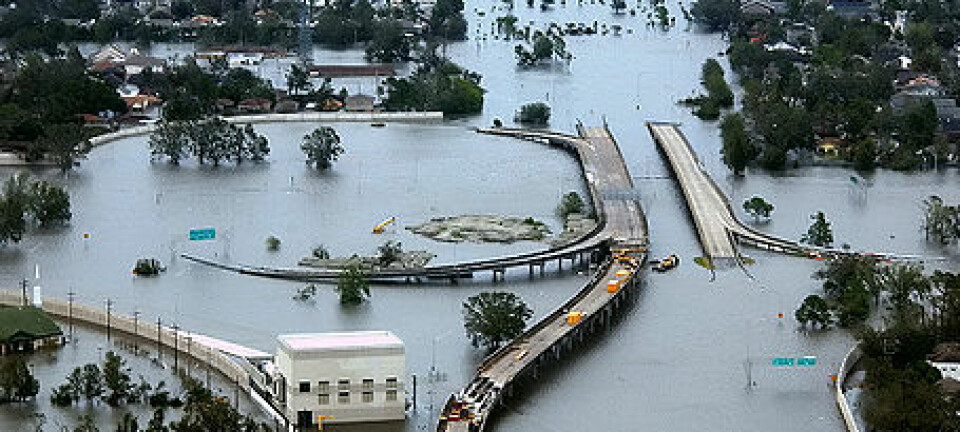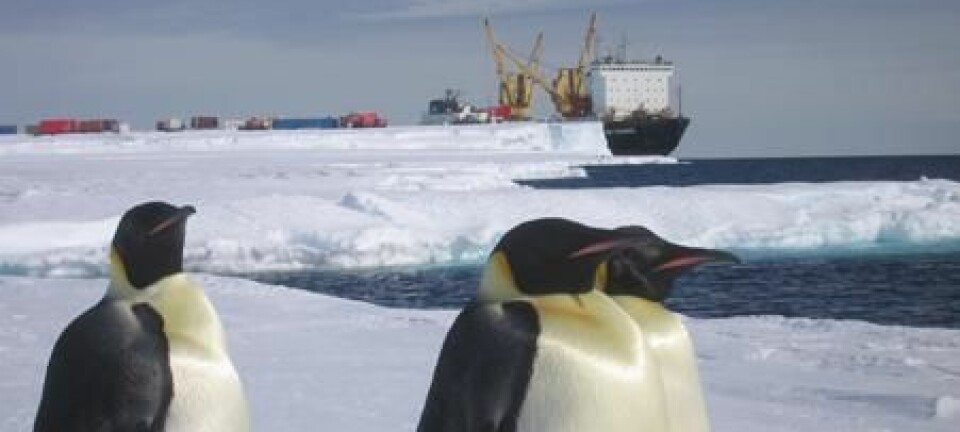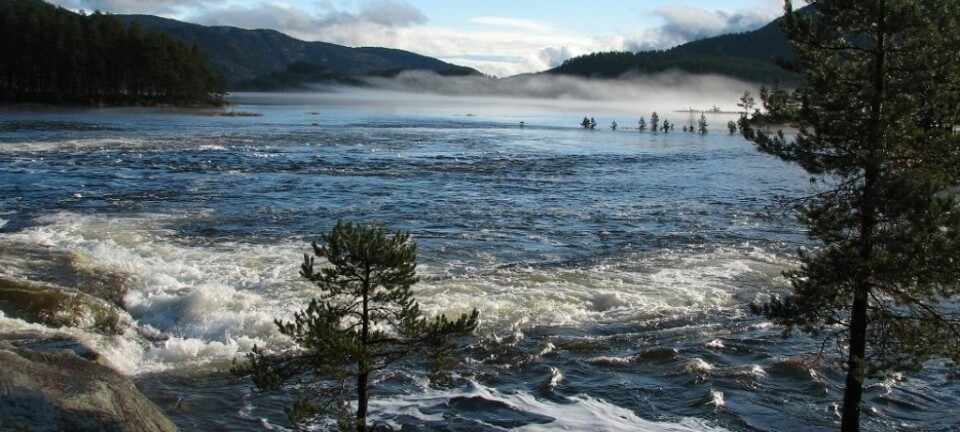An article from Norwegian University of Life Sciences (NMBU)
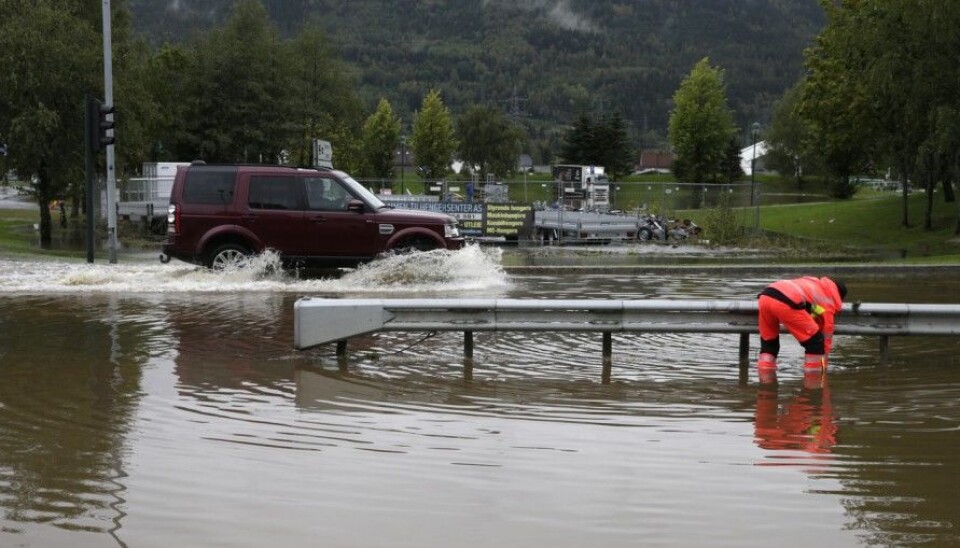
Taking charge of flood water
In the years ahead, more and heavier rain will fall. Researchers are working on innovative solutions that will allow optimal utilisation of supply networks and treatment plants. The goal is to save both money and the environment.
Denne artikkelen er over ti år gammel og kan inneholde utdatert informasjon.
More and more often we hear the meteorologists warn of "heavy local rainfall".
The researchers behind a Norwegian climate report claim that we must prepare for more extreme precipitation and bigger and more frequent floods. Surface water will be one of the main challenges. Densification has resulted in changes to the precipitation fields.
“Our interventions in the precipitation fields in the form of buildings, roads or gravelled ground, as well as climate change, mean that the old infrastructure is no longer able to cope with the precipitation volumes," says Jon Arne Engan, PhD student at the Department of Mathematical Sciences and Technology at the Norwegian University of Life Sciences.
Local water
If you now think that completely new and expensive infrastructure must be installed, you need to read on.
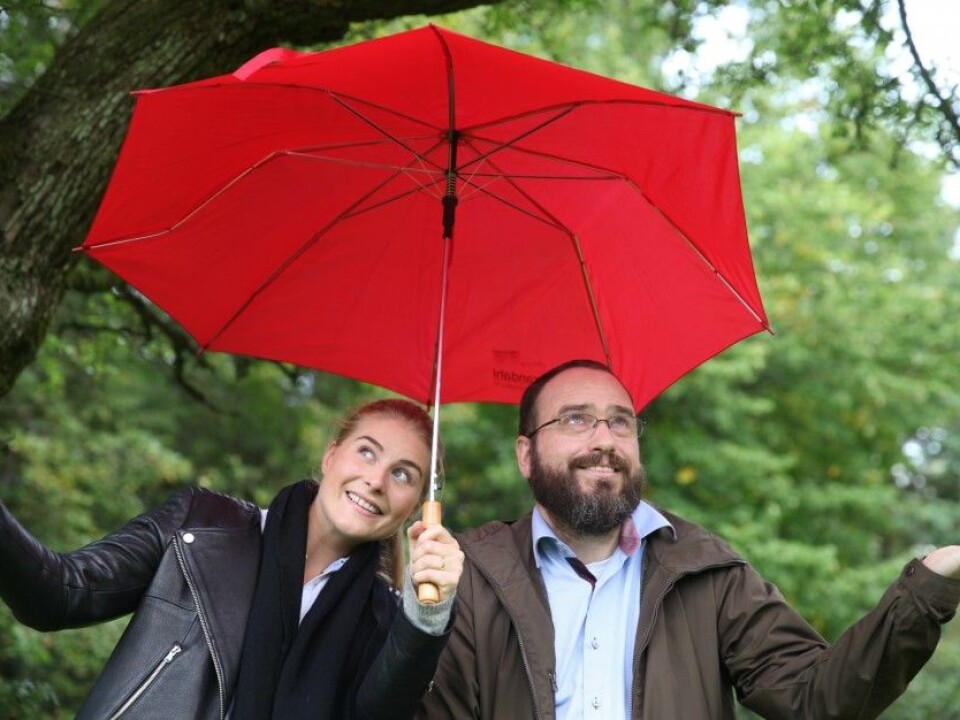
A possible solution to improve the situation may be closer than you think.
A key word is "local". Whilst drains are clogged and manholes burst in one place, the precipitation volumes can be modest or non-existent.
What if it was possible to monitor, predict, alert and manage the large, local precipitation volumes? The capacity of the supply network and treatment plants could then be utilised better than today. The water volumes could be diverted to the locations with capacity and where surface water would cause the least damage.
In the project Regnbyge 3M, such solutions are tested. The initiative is a joint effort between the regional research fund Oslofjordfondet and the pilot cities of Drammen, Trondheim and Oslo.
“Nothing similar has been done in Norway before. Researchers, local authorities and innovative development companies are working together," says Department Engineer at IMT and Project Secretary for Regnbyge 3M, Kaia Bing.
Warn about heavy showers
When several brains with varying expertise and backgrounds come together to work and gather information in one place it can result in innovations. Such as a new weather radar that can identify local precipitation and extreme incidents that could cause major local damage.
One radar in Oslo now allows the meteorologists to monitor and warn about where the heavy rain showers will fall. A number of local rain gauges equipped with an alert system collect raindrops and send an alert when there is danger afoot. Models of the supply network are already available.
“When the live data from the Norwegian Meteorological Institute and level gauges trickles into the same platform as the models where we have tested the various scenarios we are able to direct the drain flows to the locations in which they will cause the least damage," Engan says.
Possible to limit the extent of damage
The proactive solutions for handling increased and heavier precipitation in the current treatment plants and supply networks can provide massive financial savings.
"Three years ago, around 150 mm of precipitation fell in just two hours in Copenhagen. The price tag for the damage was around one million euro. If we can optimise the current system we hope to be able to limit such damage," Engan says.
In addition to financial loss, surface water also results in increased pollution. Human stress can also be high when residential properties or farmers' fields have to succumb to the water.
Regnbyge 3M will also look at the direct and indirect costs. The project wants to have a sustainable perspective. As part of this, it will study how damage and pollution caused by surface water can be reduced and how the current system can be used to ensure the most efficient operations possible," Engan says.
Socially responsibility
Dag Lauvås, Senior Engineer and Regnbyge 3M's contact person in the Municipality of Drammen, believes that the social benefits can be extensive when researchers, local authorities and innovative businesses work together.
“Drammen is the main pilot project. We are involved because the project corresponds well with the challenges we face. We hope that the project will have positive results for the municipality of Drammen itself as well as benefits for other local authorities."
Working smarter
Lauvås want the water and sewage sector to work smarter.
“Research and development can make us better equipped to choose the right initiatives, improve systems and, if necessary, avoid or postpone investments. We believe that the project will contribute to the optimisation of the sewage system.”
With climate change and more extreme weather it is however necessary to implement other and much more extensive solutions than simply improving the water and sewage sector if we are to avoid flood damage. Such initiatives include holistic land development, establishment of flood routes and local surface water disposal.
“Society must live with more extreme weather and more natural damage than previously. A sewage system in pipes that have not been dimensioned for the changes cannot single-handedly solve the climate challenges. Regnbyge 3M has ensured that the idea of optimising the existing system has been added to the agenda. We will also continue working on this when the project concludes. We can see that the project is having a major impact," Lauvås says.
-------------------------------------
Read the Norwegian version of this article at forskning.no







